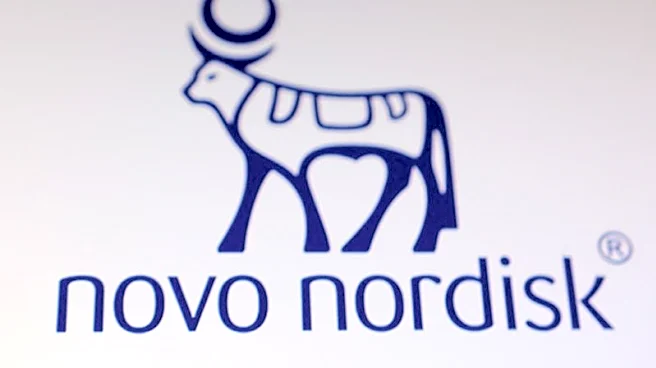What's Happening?
The development of biosimilar medicines in the U.S. is facing significant challenges despite their potential to save money and increase patient access to therapies. The regulatory and market access pathways in the U.S. are more complex and costly compared
to Europe, with biosimilars costing between $250 to $300 million to bring to market. This has led to a reluctance among developers to invest in biosimilars, as brand medicines continue to dominate the market. For instance, Humira retains more than half of the market share despite biosimilar competition. Over the next decade, 118 biologic products will lose exclusivity, representing $230 billion in sales, yet only 12 are being developed into biosimilars.
Why It's Important?
The slow development of biosimilars in the U.S. has significant implications for healthcare costs and patient access to affordable treatments. Biosimilars offer a competitive alternative to expensive brand medicines, potentially reducing healthcare spending and increasing access to therapies for complex medical conditions. The current market dynamics, however, discourage investment in biosimilars, limiting their availability and benefits. This situation underscores the need for policy changes and collaboration among industry stakeholders to streamline regulatory processes and promote biosimilar development. Addressing these challenges could lead to a more competitive market, benefiting patients and the healthcare system.
What's Next?
To encourage biosimilar development, stakeholders may need to advocate for regulatory reforms that simplify the approval process and reduce costs. Collaboration between pharmaceutical companies, policymakers, and healthcare providers could help create a more favorable environment for biosimilars. Efforts to educate healthcare professionals and patients about the benefits of biosimilars may also be necessary to shift market preferences away from brand medicines. As the industry navigates these challenges, the focus will likely be on balancing innovation with affordability to ensure that patients have access to effective treatments.














